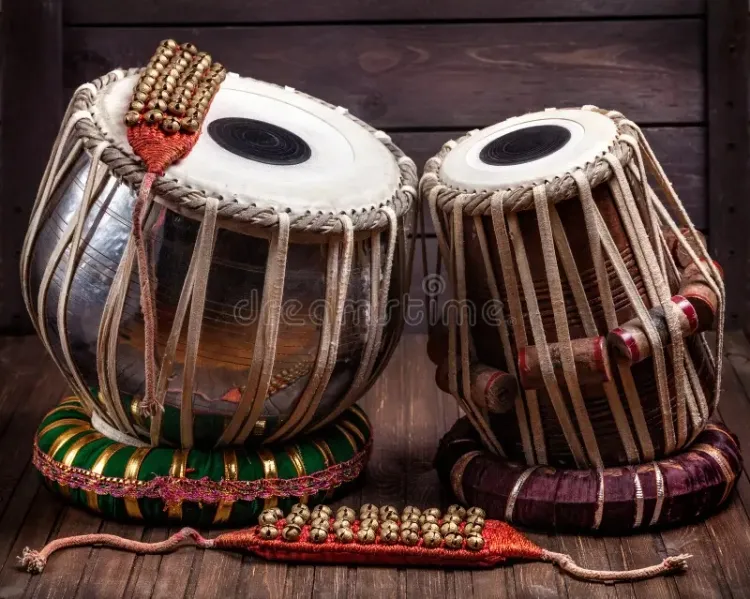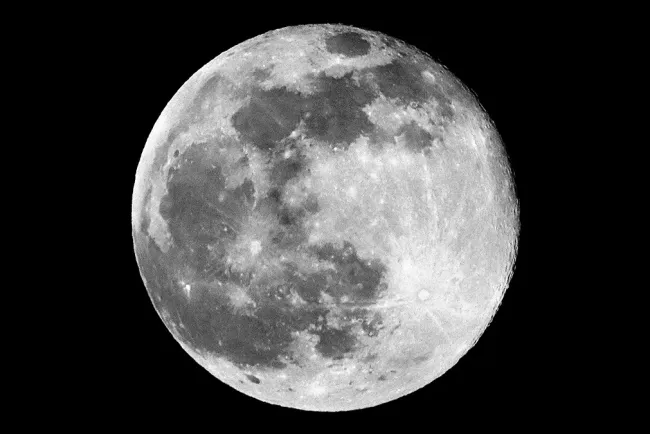Tabla: The Rhythmic Soul of Indian Music...!!!
The tabla is a versatile and expressive instrument that plays a vital role in Indian music. Its unique sound, rich history, and intricate playing techniques make it an integral part of musical traditions and contemporary innovations alike.

The tabla is a renowned Indian percussion instrument celebrated for its versatility, complexity, and unique sound. It holds a prominent place in Indian classical music, folk music, and contemporary genres. The tabla consists of two drums: the smaller right-hand drum called the "dayan" or "tabla" and the larger left-hand drum called the "bayan." Here’s an in-depth look at the tabla, its history, components, playing techniques, and its significance in music.
History and Origin
The tabla is believed to have originated in the Indian subcontinent around the 18th century. It is thought to have evolved from older percussion instruments like the pakhawaj and mridangam. Although the invention of the tabla is often attributed to Amir Khusrau, a legendary musician and poet in the court of Alauddin Khilji, historical evidence suggests its development was a gradual process influenced by various musical traditions.
Components of the Tabla
-
Dayan (Right-Hand Drum):
-
Description: The dayan is the smaller drum played with the right hand. Typically made of hardwood such as teak or sheesham, its drumhead consists of multiple layers of goat or buffalo skin, with a central black spot called the "syahi" made from a mixture of soot and rice paste.
-
Sound: The dayan produces higher-pitched sounds and is responsible for the melody and intricate rhythmic patterns in tabla playing.
-
-
Bayan (Left-Hand Drum):
-
Description: The bayan is the larger, bass drum played with the left hand. It is usually made of metal (brass, copper) or clay. Like the dayan, the drumhead has a central black spot (syahi) to enhance its tonal quality.
-
Sound: The bayan produces deep, resonant bass tones and complements the dayan by providing a rich, full-bodied sound.
-
-
Tabla Rings (Chutta or Gatta):
-
Description: These are doughnut-shaped rings made of cloth or rubber placed under each drum to keep them stable during playing.
-
-
Tuning Hammer:
-
Description: A small metal hammer used to adjust the tension of the drumheads by tapping on the wooden pegs around the drum’s rim.
-

Playing Techniques
Playing the tabla involves a combination of finger and hand strokes on the drumheads. Each stroke produces a distinct sound or "bol," and combinations of bols create complex rhythmic patterns known as "taals." Some common techniques include:
-
Na or Ta: Played on the edge of the dayan with the index finger, producing a clear, resonant tone.
-
Tin: A stroke on the center of the dayan with the index finger, resulting in a higher-pitched sound.
-
Te: A stroke on the syahi of the dayan with the ring and little fingers.
-
Ge or Ghe: Played on the bayan by applying pressure with the base of the palm and sliding the fingers across the drumhead, creating a deep, resonant sound.
-
Ka or Ke: A light stroke on the bayan with the fingertips, producing a softer tone.
Significance in Music
-
Classical Music: The tabla is a cornerstone of Indian classical music, both Hindustani and Carnatic traditions. It accompanies vocalists, instrumentalists, and dancers, providing intricate rhythmic support and enhancing the overall performance.
-
Folk Music: The tabla is widely used in various regional folk music styles across India, adding rhythmic complexity and energy to traditional songs and dances.
-
Fusion and Contemporary Music: The tabla has transcended traditional boundaries and found its place in contemporary and fusion music. It is often featured in world music, jazz, and popular music, collaborating with artists from diverse musical backgrounds.
-
Film Music: The tabla is a staple in Indian film music, contributing to the rich soundscape of Bollywood and regional film songs.
Notable Tabla Players
Over the years, many virtuoso tabla players have gained international acclaim for their mastery and innovation. Some of the most celebrated tabla maestros include:
-
Ustad Zakir Hussain: Renowned for his technical prowess and versatility, Zakir Hussain is considered one of the greatest tabla players of all time. He has collaborated with numerous artists globally and has significantly contributed to popularizing the tabla on the world stage.
-
Pandit Anindo Chatterjee: Known for his dexterity and intricate rhythmic patterns, Anindo Chatterjee is a highly respected tabla virtuoso.
-
Ustad Alla Rakha: A legendary tabla player and the father of Zakir Hussain, Alla Rakha was instrumental in elevating the status of the tabla as a solo instrument.
-
Pandit Kishan Maharaj: Celebrated for his dynamic playing style and deep understanding of rhythm, Kishan Maharaj is a revered figure in the world of tabla.
The tabla is a versatile and expressive instrument that plays a vital role in Indian music. Its unique sound, rich history, and intricate playing techniques make it an integral part of musical traditions and contemporary innovations alike.
What's Your Reaction?

















